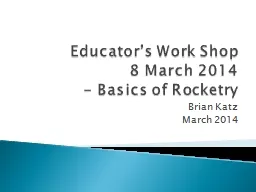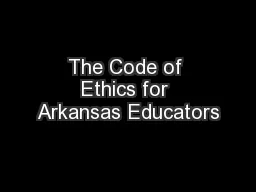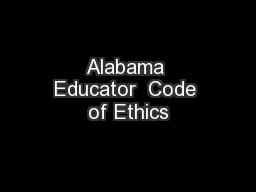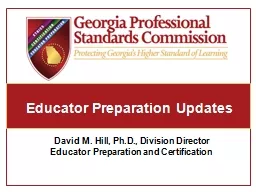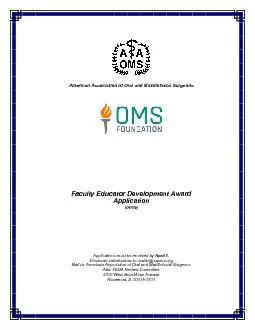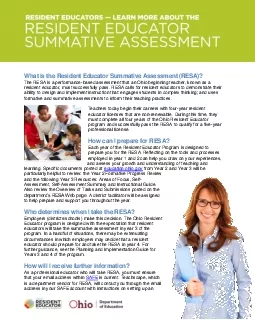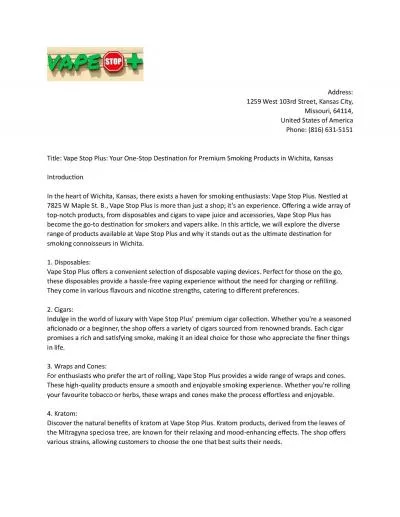PPT-Educator’s Work Shop
Author : giovanna-bartolotta | Published Date : 2016-07-25
8 March 2014 Basics of Rocketry Brian Katz March 2014 SpaceRocket Curriculum Goals Provide Information About Space Science Rocketry and Transportation Machines
Presentation Embed Code
Download Presentation
Download Presentation The PPT/PDF document "Educator’s Work Shop" is the property of its rightful owner. Permission is granted to download and print the materials on this website for personal, non-commercial use only, and to display it on your personal computer provided you do not modify the materials and that you retain all copyright notices contained in the materials. By downloading content from our website, you accept the terms of this agreement.
Educator’s Work Shop: Transcript
Download Rules Of Document
"Educator’s Work Shop"The content belongs to its owner. You may download and print it for personal use, without modification, and keep all copyright notices. By downloading, you agree to these terms.
Related Documents

